The New York Times: A marketplace of girl influencers managed by mums and stalked by men

The ominous messages began arriving in Elissa’s inbox early last year.
“You sell pics of your underage daughter to paedophiles,” read one. “You’re such a naughty sick mum, you’re just as sick as us paedophiles,” read another. “I will make your life hell for you and your daughter.”
Elissa has been running her daughter’s Instagram account since 2020, when the girl was 11 and too young to have her own. Photos show a bright, bubbly girl modelling evening dresses, high-end workout gear and dance leotards. She has more than 100,000 followers, some so enthusiastic about her posts that they pay $9.99 a month for more photos.
Sign up to The Nightly's newsletters.
Get the first look at the digital newspaper, curated daily stories and breaking headlines delivered to your inbox.
By continuing you agree to our Terms and Privacy Policy.
Over the years, Elissa has fielded all kinds of criticism and knows full well that some people think she is exploiting her daughter. She has even gotten used to receiving creepy messages, but these — from “Instamodelfan” — were extreme. “I think they’re all paedophiles,” she said of the many online followers obsessed with her daughter and other young girls.
Elissa and her daughter inhabit the world of Instagram influencers whose accounts are managed by their parents. Although the site prohibits children under 13, parents can open so-called mum-run accounts for them, and they can live on even when the girls become teenagers.
But what often starts as a parent’s effort to jump-start a child’s modelling career, or win favours from clothing brands, can quickly descend into a dark underworld dominated by adult men, many of whom openly admit on other platforms to being sexually attracted to children, an investigation by The New York Times found.
Thousands of accounts examined by the Times offer disturbing insights into how social media is reshaping childhood, especially for girls, with direct parental encouragement and involvement. Some parents are the driving force behind the sale of photos, exclusive chat sessions and even the girls’ worn leotards and cheer outfits to mostly unknown followers. The most devoted customers spend thousands of dollars nurturing the underage relationships.
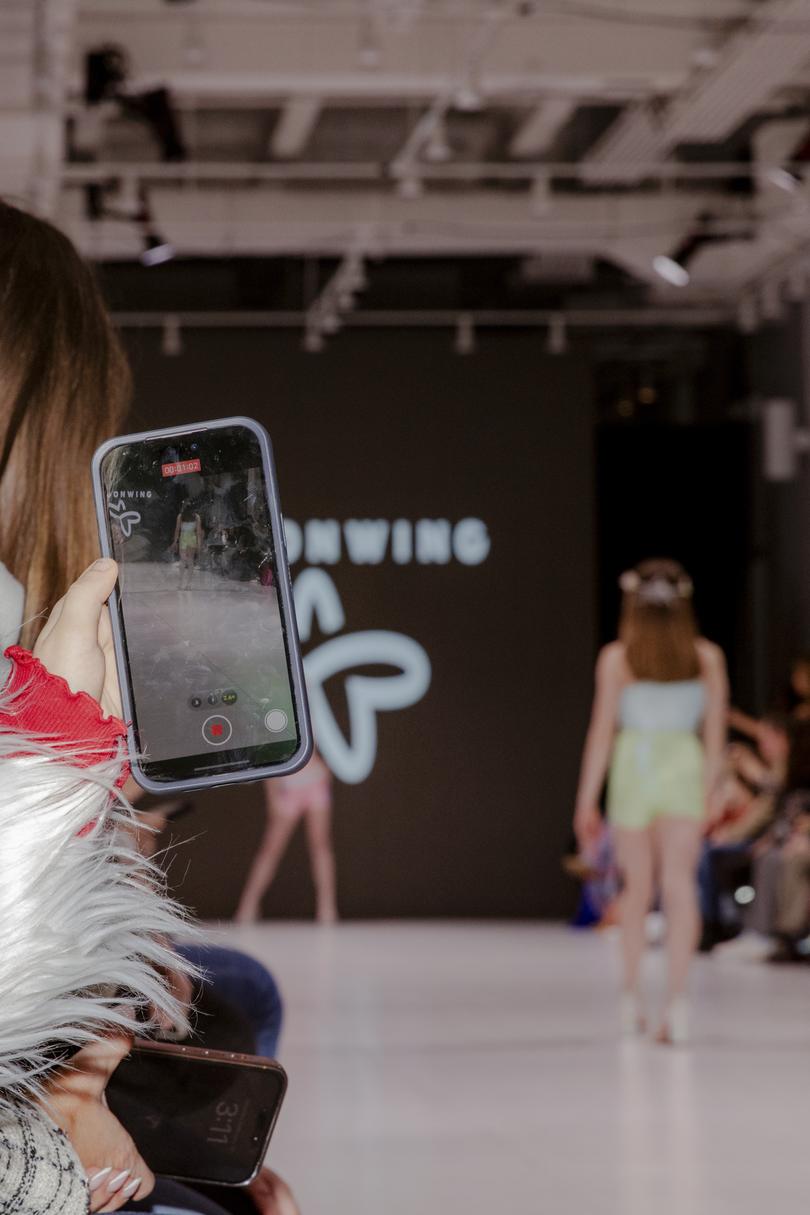
The large audiences boosted by men can benefit the families, the Times found. The bigger followings look impressive to brands and bolster chances of getting discounts, products and other financial incentives, and the accounts themselves are rewarded by Instagram’s algorithm with greater visibility on the platform, which in turn attracts more followers.
One calculation performed by an audience demographics firm found 32 million connections to male followers among the 5,000 accounts examined by the Times.
Interacting with the men opens the door to abuse. Some flatter, bully and blackmail girls and their parents to get racier and racier images. The Times monitored separate exchanges on Telegram, the messaging app, where men openly fantasize about sexually abusing the children they follow on Instagram and extol the platform for making the images so readily available.
Nearly 1 in 3 preteens list influencing as a career goal, and 11% of those born in Generation Z, between 1997 and 2012, describe themselves as influencers. The so-called creator economy surpasses $250 billion worldwide, according to Goldman Sachs, with U.S. brands spending more than $5 billion a year on influencers.
Meta, Instagram’s parent company, found that 500,000 child Instagram accounts had inappropriate interactions every day.
Health and technology experts have recently cautioned that social media presents a “profound risk of harm” for girls.
But the pursuit of online fame, particularly through Instagram, has supercharged the often toxic phenomenon, the Times found, encouraging parents to commodify their children’s images. Some of the child influencers earn six-figure incomes, according to interviews.
“I really don’t want my child exploited on the internet,” said Kaelyn, a mother in Melbourne, Australia, who like Elissa and many other parents interviewed by the Times agreed to be identified only by a middle name to protect the privacy of her child.
“But she’s been doing this so long now,” she said. “Her numbers are so big. What do we do? Just stop it and walk away?”
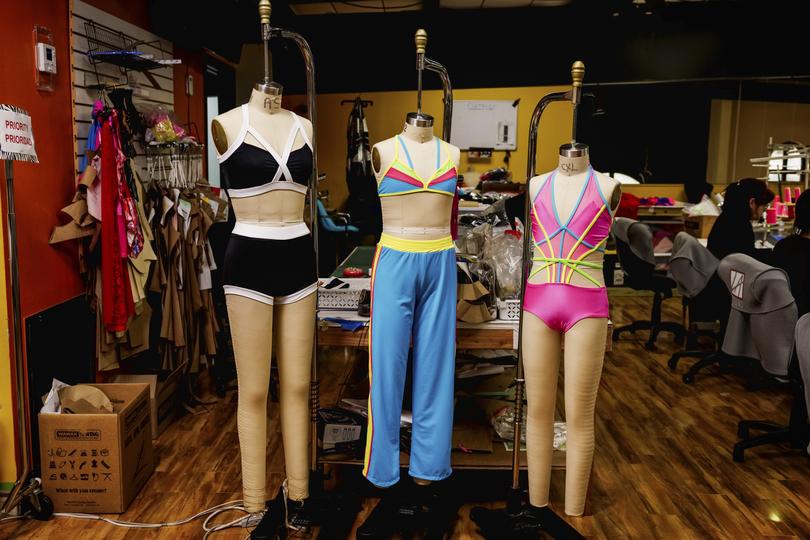
Some girls on Instagram use their social media clout to get little more than clothing discounts; others receive gifts from Amazon wish lists, or money through Cash App; and still others earn thousands of dollars a month by selling subscriptions with exclusive content.
Account owners who report explicit images or potential predators to Instagram are typically met with silence or indifference, and those who block many abusers have seen their own accounts’ ability to use certain features limited, according to the interviews and documents.
Meta, Instagram’s parent company, found that 500,000 child Instagram accounts had “inappropriate” interactions every day, according to an internal study in 2020 quoted in legal proceedings.
In a statement to the Times, Andy Stone, a Meta spokesperson, said that parents were responsible for the accounts and their content and could delete them anytime.
“Anyone on Instagram can control who is able to tag, mention or message them, as well as who can comment on their account,” Stone added, noting a feature that allows parents to ban comments with certain words. “On top of that, we prevent accounts exhibiting potentially suspicious behaviour from using our monetization tools, and we plan to limit such accounts from accessing subscription content.”
Like many parents, Elissa said she protected her daughter by handling the account exclusively herself. Ultimately, she concluded, the Instagram community is dominated by “disgusting creeps,” but she nonetheless keeps the account up and running. Shutting it down, she said, would be “giving in to bullies.”
In today’s creator economy, companies often turn to social media influencers to attract new customers. Giants like Kim Kardashian, who has 364 million followers on Instagram, have turned the phenomenon into a big business.
Young girls strive to do the same.
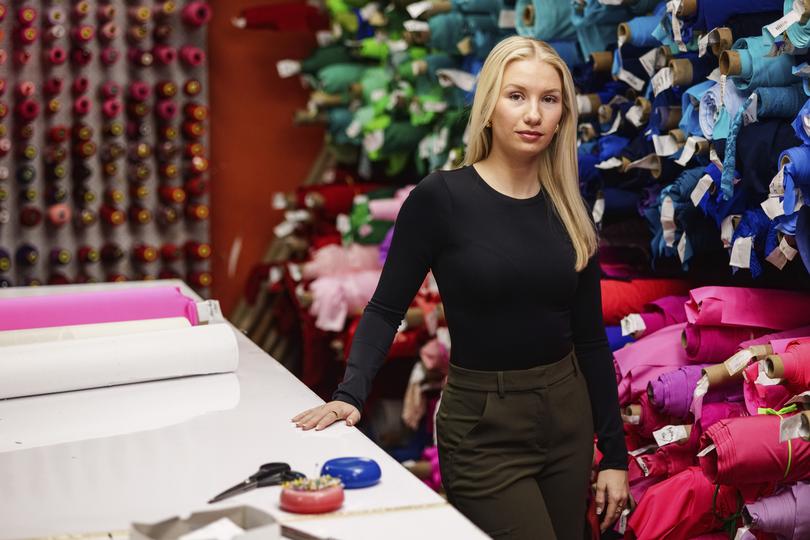
In the dance and gymnastics worlds, teens and preteens jockey to become brand ambassadors for products and apparel. They don bikinis in Instagram posts, walk runways in youth fashion shows and offer paid subscriptions to videos showing the everyday goings-on of children seeking internet fame.
The most successful girls can demand $3,000 from their sponsors for a single post on Instagram, but monetary gain can be elusive for others, who receive free or discounted clothes in exchange for their posts and have to pay for their own hairstyling and makeup, among other costs. Even youth fashion shows, including events in New York that coincide but are not affiliated with New York Fashion Week, charge the girls to participate and charge their parents to attend.
In 2022, Instagram launched paid subscriptions, which allows followers to pay a monthly fee for exclusive content and access. The rules don’t allow subscriptions for anyone under 18, but the mom-run accounts sidestep that restriction. The Times found dozens that charged from 99 cents to $19.99. At the highest price, parents offered “ask me anything” chat sessions and behind-the-scenes photos.
Child safety experts warn the subscriptions and other features could lead to unhealthy interactions, with men believing they have a special connection to the girls and the girls believing they must meet the men’s needs.
“I have reservations about a child feeling like they have to satisfy either adults in their orbit or strangers who are asking something from them,” said Sally Theran, a professor at Wellesley College and clinical psychologist who studies online relationships. “It’s really hard to give consent to that when your frontal lobe isn’t fully developed.”
For many mum-run accounts, comments from men — admiring, suggestive or explicit — are a recurring scourge to be eradicated, or an inescapable fact of life to be ignored. For others, they are a source to be tapped.
“The first thing I do when I wake up and the last thing I do when I go to bed is block accounts,” said Lynn, the mother of a 6-year-old girl in Florida who has about 3,000 followers from the dance world.
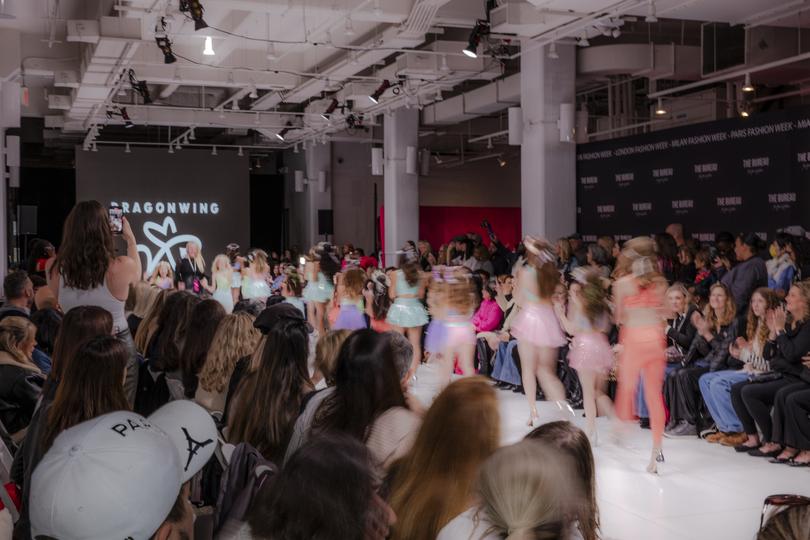
Meta does not provide public information about who uses Instagram, so the Times analysed data from the audience firms Modash and HypeAuditor, which estimate follower demographics based on their own algorithms.
The proportion of male followers varied greatly in the Times’ sample, according to the estimates. Many accounts had a few thousand followers who were mostly female. But while men accounted for about 35% of the audience overall, their presence grew dramatically as accounts became more popular. Many with more than 100,000 followers had a male audience of over 75%, and a few of them over 90%, the analysis showed.
The vast world of child-influencer followers on Instagram includes men who have been charged with or convicted of sex crimes, and those who engage in forums off platform where child sexual abuse imagery, including of girls on Instagram, is shared.
In monitoring multiple Telegram chat rooms, the Times found men who treat children’s Instagram pages and subscription services as menus to satisfy their fantasies. They trade information about parents considered receptive to producing and selling “private sets” of images.
A group with more than 4,000 members was highly organized, with an FAQ page and a Google sheet that tracked nearly 700 children, identifying them by hashtags to help members find them within the long chat history.
The Times asked the Canadian Center for Child Protection, an organization that monitors online child exploitation, to review links and other potentially illegal material posted by the Telegram groups and elsewhere. The centre identified child sexual abuse imagery involving multiple underage Instagram models from around the world, as well as sexualized videos of others, including a pre-teen girl wearing a thong and a young teenager raising her dress to show her bikini bottom.
Men in these groups frequently praise the advent of Instagram as a golden age for child exploitation.
“I’m so glad for these new mums pimping their daughters out,” wrote one of them.
A small group of men go even further and cultivate business and patronage relationships with mothers.
One man posts videos and photos on Instagram of girls thanking him for shopping sprees, gifts like iPhones, iPads and cash.
Another makes recommendations about increasing visibility by using specific hashtags and photographers.
A third man tried to persuade a mother to sell her daughter’s used leotards because many men, including himself, were “collectors,” according to a recording of the conversation.
“In retrospect I feel like such a stupid mum, but I’m not stupid,” said a mother of a young gymnast, who dealt with similar men before she realized they were predators and received threatening messages from several of them. “I didn’t understand what grooming was.”
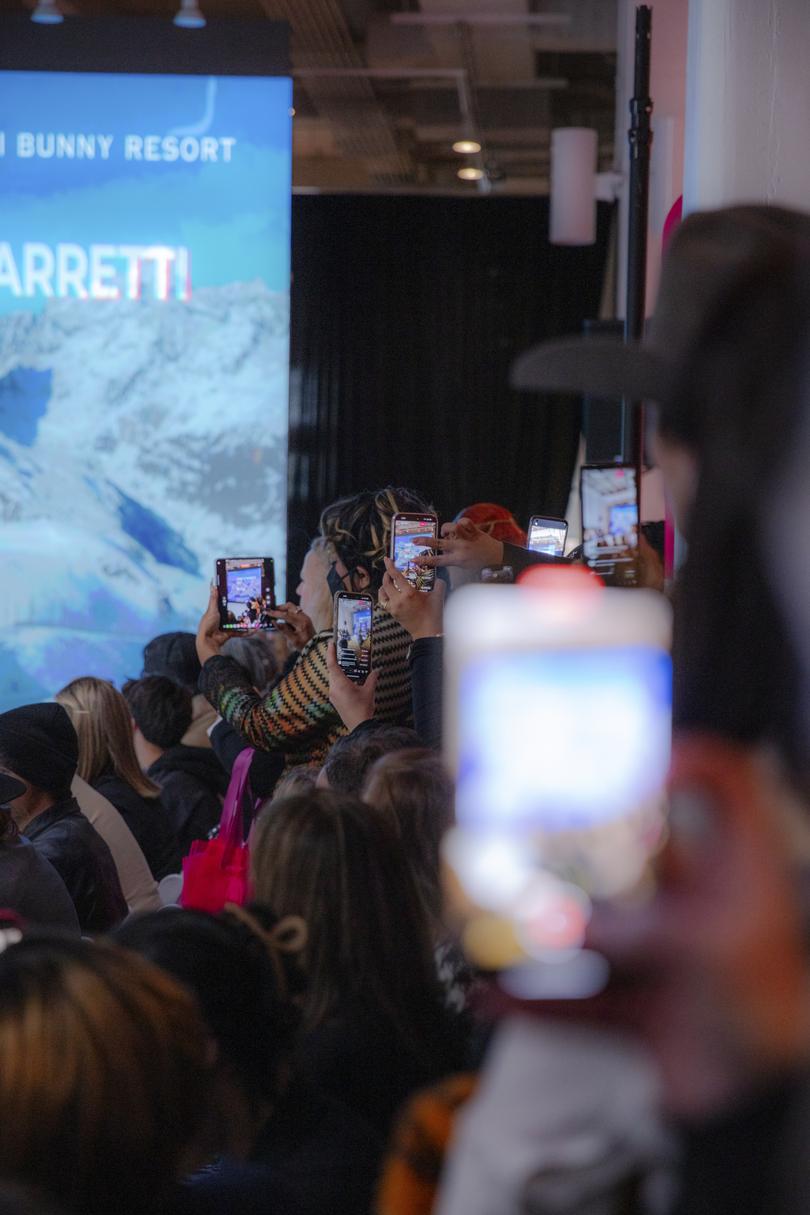
Meta failed to act on multiple reports made by parents and even restricted those who tried to police their own followers, according to interviews and materials provided by the parents.
If parents block too many followers’ accounts in a day, Meta curtails their ability to block or follow others, they said.
“I remember being told, like, I’ve reached my limit,” said a mother of two dancers in Arizona who declined to be named. “Like what? I reached my limit of peadophiles for today. OK, great.”
Stone, the Meta spokesperson, said “there are lots of reasons an account might face limitations or restrictions based the account’s activity,” and therefore it was difficult to know why parents encountered these problems.
Even some egregious violations led to no action by Meta.
One parent reported a photo of erect male genitalia sent in a direct message. Another reported an account that reposted children’s photos with explicit captions. A third reported a user who propositioned her child for sex, offering $65,000 for “an hour” with the girl.
In response to those three reports, Meta said either that the communications did not violate “community guidelines” or that its staff did not have time to review them.
Former Meta trust and safety employees described an organization overwhelmed despite knowing about the problem for years.
“You hear, ‘I reported this account, it was harassing my daughter, why is he back?’” said a former investigator for the company who requested anonymity. “There are not enough people, resources and systems to tackle all of it.”
This article originally appeared in The New York Times.
© 2024 The New York Times Company
Originally published on The New York Times
